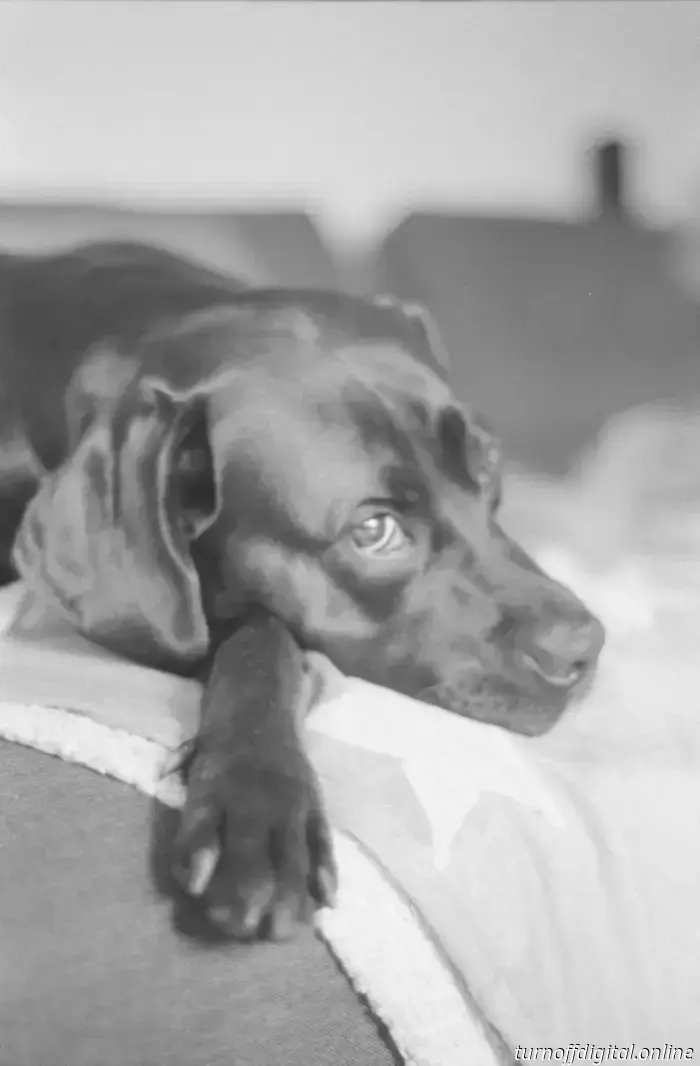
I experienced depression. After more than two years of therapy, I can now cheerfully say that I have overcome it. I want to emphasize that help is accessible in many places; regardless of how bleak your surroundings may appear, you're never truly alone! Photography has always inspired me. I began with an analog point-and-shoot during my youth and later purchased a digital Nikon. Through photography, I was able to focus on the aspects of the world that appealed to me, effectively blocking out everything else. Initially, I had no need for Photoshop or editing; those came later as I sought to create an increasingly 'perfect' image. Unfortunately, this resulted in more time spent in front of the computer rather than taking photos. I found myself enjoying my time with cameras less because I was constantly pursuing my ideal shot, which felt like a lot of pressure. My friends perceived me as someone who always had a camera with them, so I felt obliged to maintain that image; the absence of my camera would lead to awkward conversations about it being missing.
After a much-anticipated road trip through Sweden, I returned with over 2,500 photos on my memory cards. However, the first thought that crossed my mind upon viewing those files was 'ugh, I have to edit all of these.' To shift my perspective, I purchased an analog Nikon FG along with a 50mm pancake lens and several rolls of AGFA and Kodak film. I loaded the camera and took my first film photo of my dog. This was my first analog photo in almost 20 years, using a Nikon FG with Agfa APX 100, ISO 100. After the shutter clicked and I felt the mirror slap inside the camera, my wife said, 'Show me.' Those two words marked a significant milestone in my healing journey.
As I delved deeper into the world of analog photography, I stumbled upon an article suggesting that properly staged and lit self-portraits can improve mental health. These scenarios allow the subject to be presented in a flattering light, surrounded by visuals the photographer can control. A well-lit self-portrait stands in stark contrast to the typical light found above a bathroom mirror, which can make one feel unrecognizable and question what went wrong in their life: 'What has brought me to this point, where I can no longer trust my own mind and thoughts?' This was how I often perceived myself in the bathroom mirror using a Nikon F3 with Kodak Double X, ISO 250.
I began to contemplate how to visually represent 'my depression.' If one breaks a leg, there are X-rays and a cast — something universally understood. Depression, however, varies for everyone and is experienced differently. I wanted to illustrate my feelings of being torn apart, my disorganization, and how even the simplest tasks felt insurmountable. I wanted to convey the heavy burden I faced daily and my struggle against it.
I took the time to reflect on myself; that's how these photographs were created (not all are analog — some are digital). When I reviewed the pictures, it was like a switch had flipped. For the first time, I could see and comprehend my innermost self and convey my emotions to others visually. This is how I felt: the chaos, that indescribable force attempting to envelop me in darkness, and my struggle to break free from it all.
That's the only digital photo I’ll share here. I grappled with insecurities regarding my personal and professional choices, dissecting them down to the minutiae, yet ultimately executing my responsibilities poorly or neglecting them entirely. I over-prepared for every eventuality and mentally drained myself before even starting. I dedicated no time to myself.
After two exhausting years of therapy, those feelings lessened or began to resolve. I learned to accept my decisions. Decisions, such as loading film. Once the film is in the camera, it can’t be altered until all 36 frames are used. Do I choose black-and-white or color? Should I go for ISO 50 or 400? These constraints helped me focus on what really mattered — to savor the moment, to take time for a photograph and wait weeks to see the results. Just like the first image I took of my dog. Not only did I regain my patience, but I also found greater satisfaction in the success rate of my film shots. Ten good images out of 36 felt far more fulfilling than 200 out of 2,500.
Nikon F100 with Ilford HP5+, ISO 400, inverted with FilmQ. Once I learned to develop and enlarge films myself, I could complete tasks with a sense of diligence once more. An error could mean ruining the film or wasting the paper. Because of this realization, I examined each photograph multiple times — as I did, I revisited the moment when it was taken. This experience differed from my previous attempts to capture the elusive 'holy grail' of photography.
Of
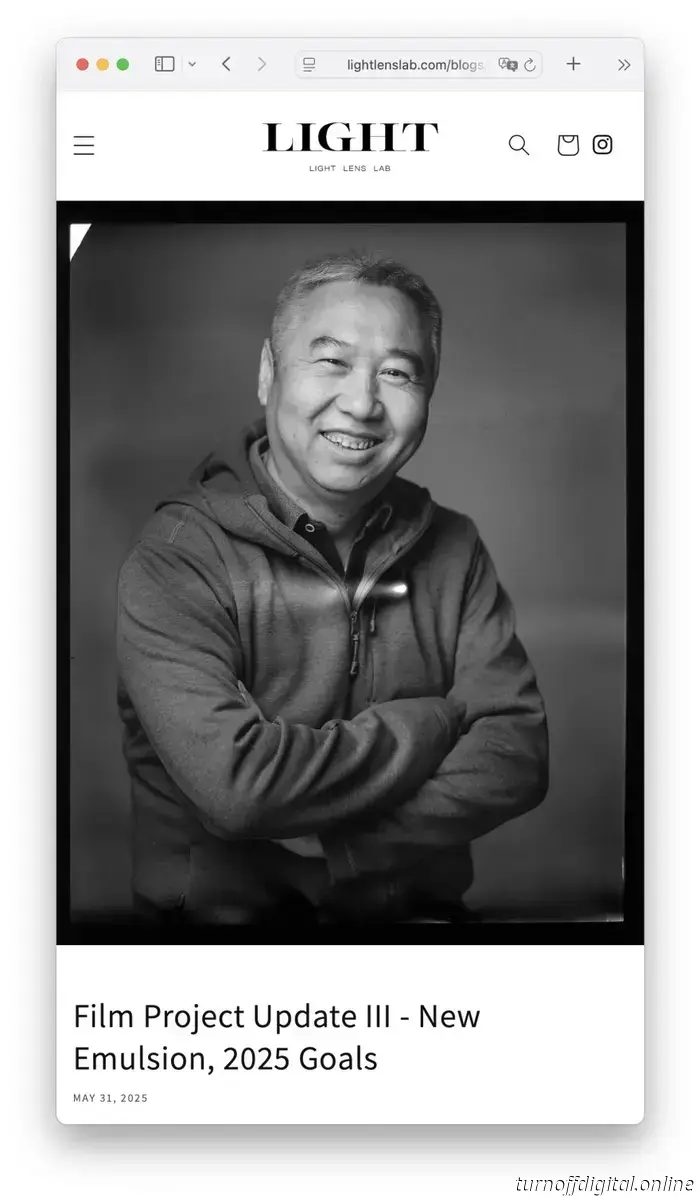
"This emulsion embodies the essence of our film project: to develop film materials free from historical constraints, third-party patent issues, or reliance on manufacturers. It has been constructed from scratch — fueled by creativity and input from users. We plan to launch our prototype assembly line in June 2025, with production of the V3 emulsion to commence shortly after." —… #editorial.
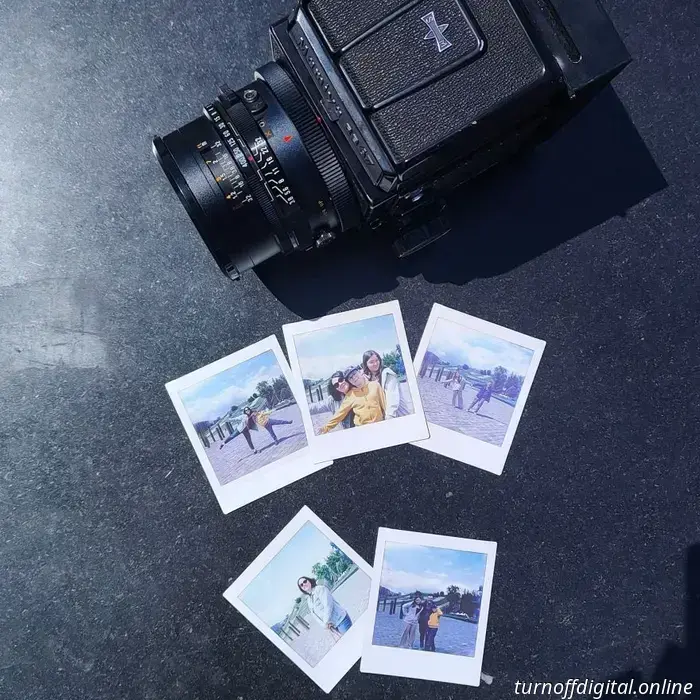
Last month, the company revealed that they had finished developing their hand-crankable DIY instant film development units featuring an Instax Wide back. Today, they are focused on modifying the same technology for medium format film cameras. #editorial.
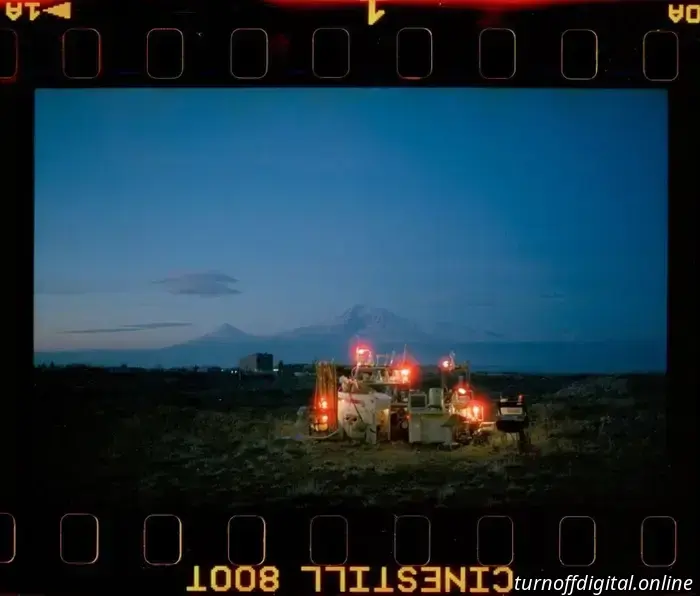
An article focused on a film laboratory and a creative center located in Yerevan.
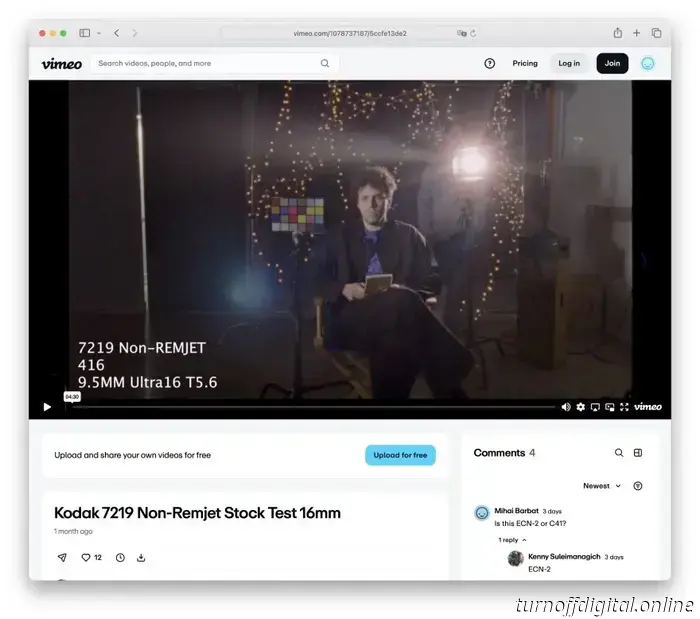
Kodak seems to be producing large quantities of Portra (5256) rolls for motion picture applications, and you can find a test of that film in 16mm here: https://vimeo.com/1078815946/055655606d. #editorial.
I experienced depression. After more than two years of therapy, I can joyfully say I no longer do. First and foremost, I want to emphasize that support is accessible everywhere; no matter how bleak your surroundings may seem, you are never alone! Photography has always been a source of inspiration for me. This is a story of how photography, particularly film photography, guided me on my journey.